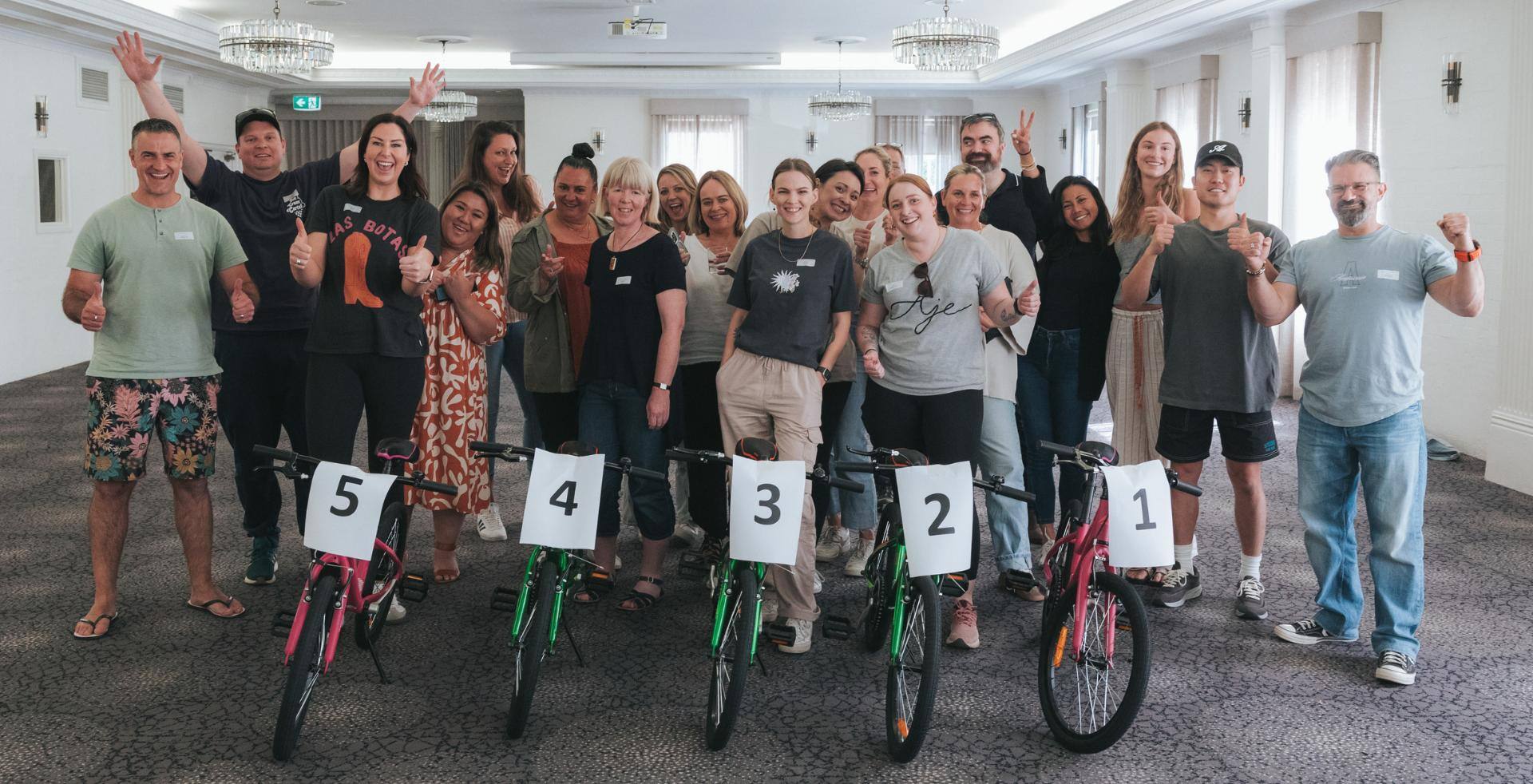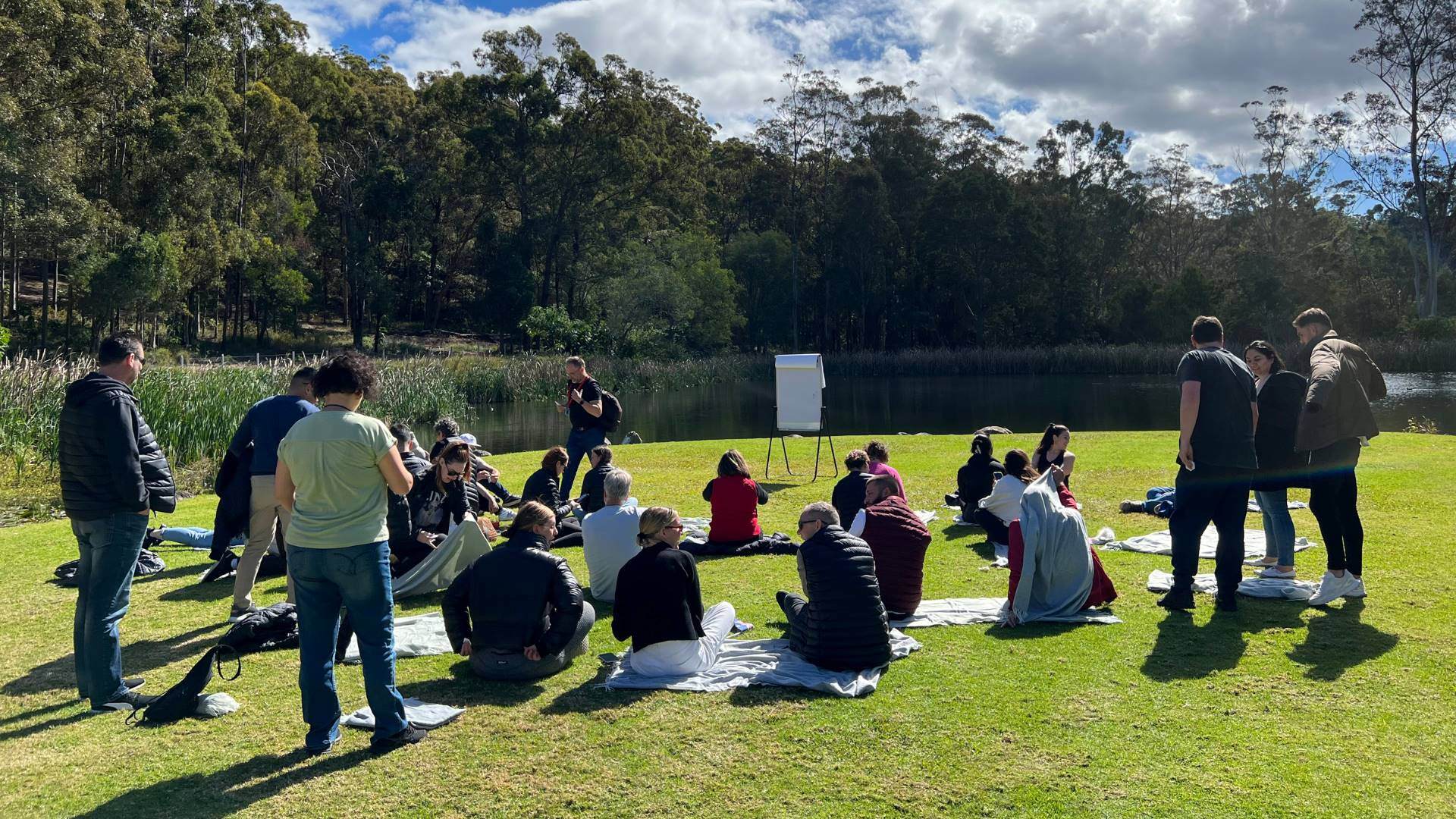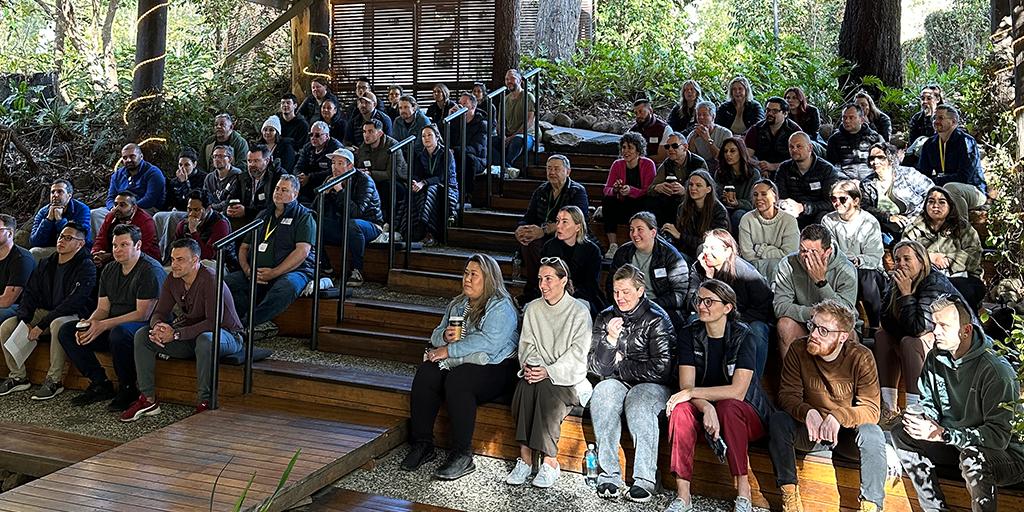Is it Cultural or Situational - a Popcorn Story
Change is not always as hard as we might imagine… consider popcorn! In the bestselling change book ‘Switch’, the Heath brothers describe a study regarding popcorn habits in movie theatres.
The study investigated the factors influencing the amount of popcorn being consumed. Did the specific movie make a difference? How about the cinema location? Intriguingly, regardless of any circumstance, popcorn buckets were universally left unfinished, with stale popcorn left over, languishing in the container. Despite this, one, single, solitary factor shone through: the larger the bucket, the more popcorn the movie-goer consumed – a result that is at once contradictory, consistent, and compelling!
Now imagine the cultural challenge facing your organisation. It is probably more complex than how much popcorn to eat at a movie, but if it stands and falls with critical behaviours, the solution could be remarkably simple.
Have you ever heard of the “fundamental attribution error”? This refers to our bias in explaining others behaviour as a result of their intrinsic personality. In contrast we tend to explain our own actions with reference to the context we were in.
The popcorn study shows the power of context for nudging behaviours in key directions.
If you could provide a situational ‘nudge’, what would you want to nudge people toward? Do you need teams to start sharing more information with each other? Are you looking for a potential client choosing to return a call? Or, like quantity of popcorn, do you just need quantity of throughput in some high-volume, high-efficiency teams?
The popcorn study suggests that what you may have assumed is a people problem is actually a situation problem.
People are hard to change. Situations aren’t.
If you have ever tried to change a personal habit by willpower alone and failed dismally you will (like me) understand the emotional effort it takes to change how you eat, work or exercise. And, how likely it is for a ‘brute force’ strategy to fail. In fact, the cues in the space around us for our existing behaviours have become so invisible and unconscious that we barely register how important they are at triggering action. It’s almost miraculous how changing an aspect of the environment can make the new habit well within reach. Decode the situation, find the lever, and change the game.
So what to do with this insight? At Amicus we’ve been applying it for years, and now we’ve built a tool for identifying powerful situational levers for catalysing change. It’s called ‘Touchline’, referring the ways that situational factors ‘touch’ our mindsets and ultimately our behaviours.
Rather than beating our heads against a wall trying to change attitudes, Touchline allows a team to scan the environment around and seek that elusive popcorn bucket factor: the critical situational ingredients that are promoting or hinder the behaviours and mindsets we want to see.
We’re preparing to share the Touchline method freely. Follow our posts to learn more or come along to an upcoming event to experience the tool in action!
This post is part of Amicus Strategy's 2019 series exploring how changes in the environment can be used to shape organisational culture. Click here to express interest in our Touchline toolkit and our event in June.



/Cap%20Stats/workplace-strategy-guide-blog.jpg)


-2.jpg)

-2.png)



-2.png)

/Sectors/Office/contact-amicus.jpg)